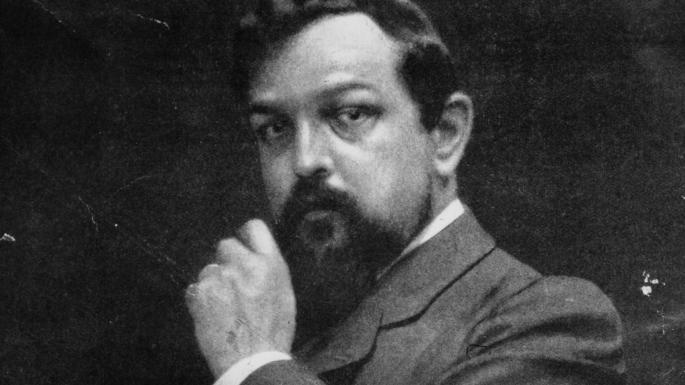Pat O’Kelly
Although this year commemorates the centenary of the death in Paris on March 25, 1918 of Claude-Achille Debussy, celebratory events here have, so far, been relatively low-key.
The RTÉ NSO did bring us the composer’s Poème dansé – Jeux in February as part of its season and the recent Dublin International Piano Competition had Debussy’s music scattered among its various rounds. But this would have happened regardless of the centenary year.
Revolving around a game of tennis in a kind of menage a trois, the subtle Jeux baffled many at its first performance in Paris on May 15, 1913. Its choreography was by Nijinsky but he was also heavily involved with Stravinsky’s more ritualistic The Rite of Spring, which had its Paris première two weeks later. Maybe not surprisingly, Nijinsky concentrated on Stravinsky and, as a result, Debussy’s ballet suffered. Nevertheless, the score of Jeux is now considered to be a ‘shining jewel’ in the 20th century orchestral repertoire.
In March French pianist Philippe Cassard was back in the NCH for a recital he called ‘Debussy – Influences and Inspirations’.
In it Cassard intermingled a selection of Debussy with pieces by Rameau, Chopin and Liszt whom Debussy greatly admired,
Cassard also included a Nocturne by Grieg about whose music Debussy could be somewhat ‘waspish’ although, wearing his critic’s hat, he wrote favourably about Peer Gynt. Be that as it may, Debussy was influenced by Grieg, particularly in his String Quartet of 1893 where he used the same key and ran a motto theme through his four movements as Grieg had done in his 1st Quartet of five years earlier.
Contemporaries
In recent weeks, Dublin-born pianist Thérèse Fahy has been curating and playing in a series of programmes at the NCH entitled ‘Ireland’s Tombeau to Debussy 2018’. Like Cassard, the well-devised programmes show Debussy interspersed with music of his contemporaries and from our own time with several pieces written specifically for the occasion.
So far I have attended two of these three programmes, with Ms Fahy heard to particular effect in music from the books of Images and Preludes and introducing a Debussy snippet to Ireland for the first time. Dating from 1917, it seems Les Soirs Illuminés par l’ardeur du Charbon was written for his coal merchant, in lieu of payment for deliveries!
With Thérèse Fahy’s sympathetic accompaniment, the evenings also included the cello and violin sonatas sensitively and sparklingly played by Martin Johnson and Elaine Clark and the Chansons de Bilitis with mezzo Kathleen Tynan no less agreeable.
Madeleine Staunton produced languid delicacy in Syrinx for solo flute before drifting expressively into Jane O’Leary’s haunting duo feather-headed, frail, summoning – a piece which sounded a natural extension to Debussy’s lyrical Syrinx even if it portrayed elements of anxiety.
The three NCH programmes will be repeated in the Irish Cultural Centre, formerly the Irish College, in Paris in October and Thérèse Fahy had the honour of giving a commemorative recital in Debussy’s birth house – 38 rue au Pain, St Germain-en-Laye – on March 25, the centenary day of his death in 1918.


 Claude-Achille Debussy
Claude-Achille Debussy 